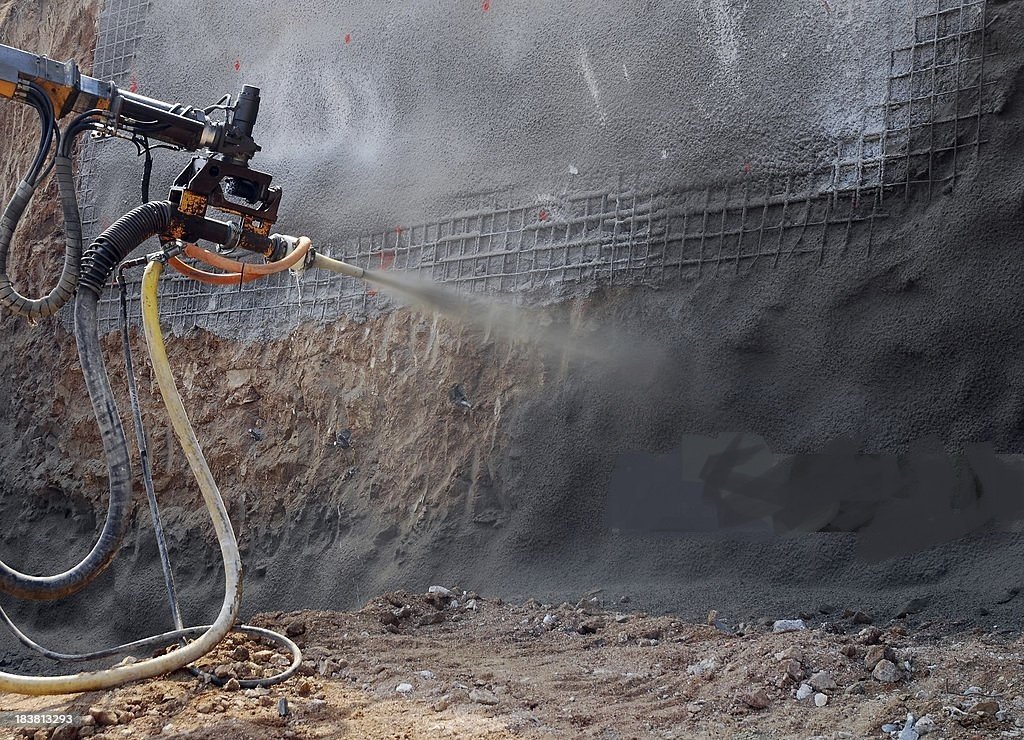Fiber-reinforced shotcrete is used in tunnel linings, underground engineering space support, mine structure reinforcement, power station dam foundation reinforcement, and highway slope protection projects. Among these applications, polypropylene synthetic fibers have become a core component of shotcrete, playing a crucial role. We will discuss the key role of polypropylene synthetic fibers in fiber-reinforced shotcrete from the perspectives of crack resistance, irreplaceability, and cost-effectiveness.

Polypropylene synthetic fibers are the cornerstone of fiber-reinforced shotcrete.
In shotcrete engineering, cracking is the biggest concern for customers. To solve this problem, we must first understand how polypropylene synthetic fibers work in fiber-reinforced shotcrete. During the shotcrete process, directional tensile stress can cause deformation and eventually lead to cracking. Adding polypropylene synthetic fibers increases the ductility and cohesion of the concrete, allowing the tensile stress to be transferred to the fibers themselves. This effectively suppresses the formation of microcracks due to tensile stress during the initial setting of the concrete, thus protecting it.
Polypropylene synthetic fibers play an irreplaceable role in fiber-reinforced shotcrete.
The toughness of polypropylene synthetic fibers, along with the physical indentations on their surface, makes them more cohesive within the concrete. When mixed with concrete and then sprayed, the reinforcement structure becomes more uniform, easily adhering to the rock formation as a whole without leaving gaps like wire mesh. Additionally, each layer sprayed during the shotcrete process becomes denser. In shotcrete applications, many geographic and environmental factors can increase the difficulty of the project. Polypropylene synthetic fibers are not affected by freezing, acid, or alkali, ensuring their performance in shotcrete is stable and unaffected by geographic and environmental factors.
Synthetic fibers make shotcrete simpler and more cost-effective.
Polypropylene synthetic fibers can be directly added to the equipment for mixing and spraying on the construction site without worrying about causing wear on the equipment. This improves construction efficiency and reduces equipment maintenance costs. The concrete with added polypropylene synthetic fibers is more abrasion-resistant, reducing the maintenance time and thus lowering labor costs. Using fiber-reinforced shotcrete with polypropylene synthetic fibers can also reduce the weight on the top surface, thus preventing accidents.
Precautions for Adding Polypropylene Synthetic Fibers to Shotcrete:
- When adding polypropylene synthetic fibers on-site, add them slowly to avoid clogging and accumulation.
- The length of the fibers should not exceed sixty percent of the pipe’s diameter.
- Polypropylene synthetic fibers can effectively control rebound, but it’s also important to ensure the spraying pressure, angle, and even the equipment used.

